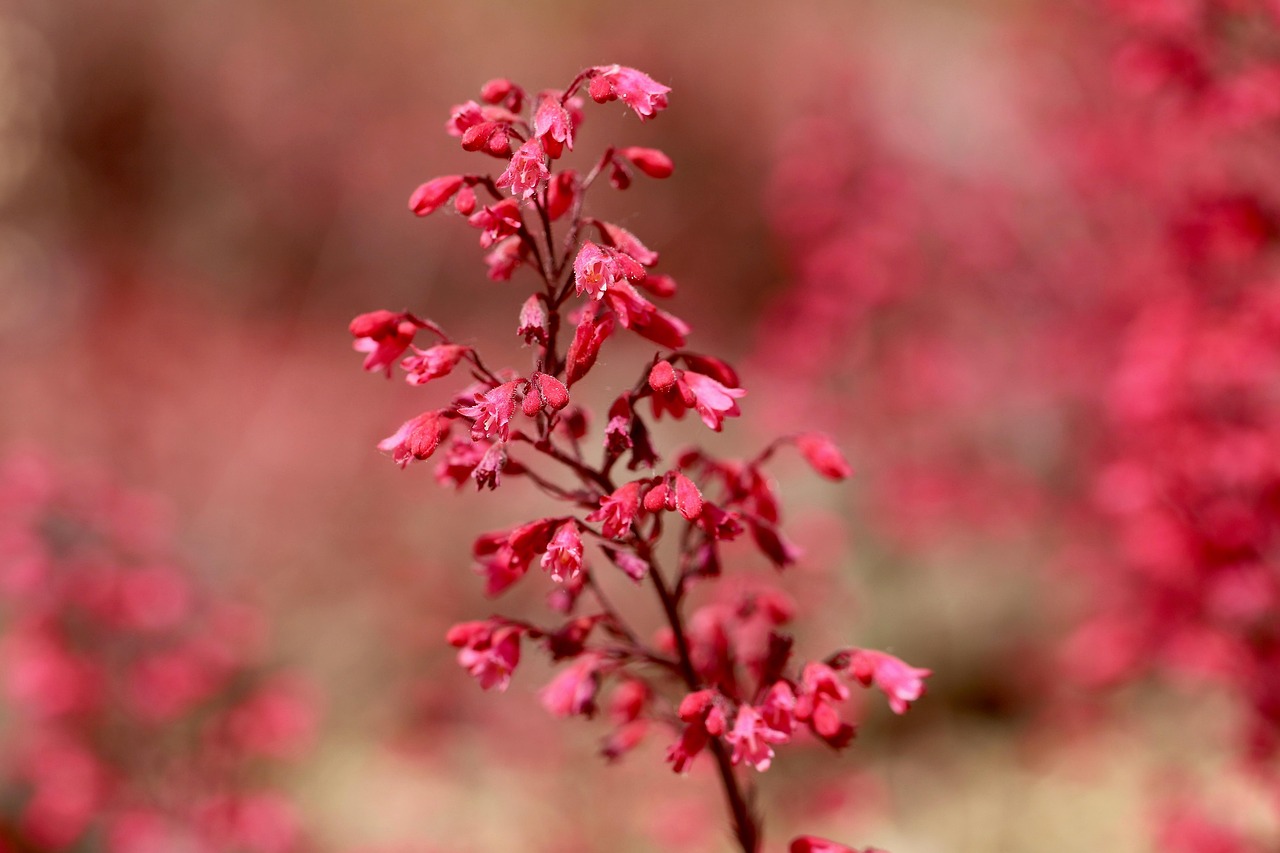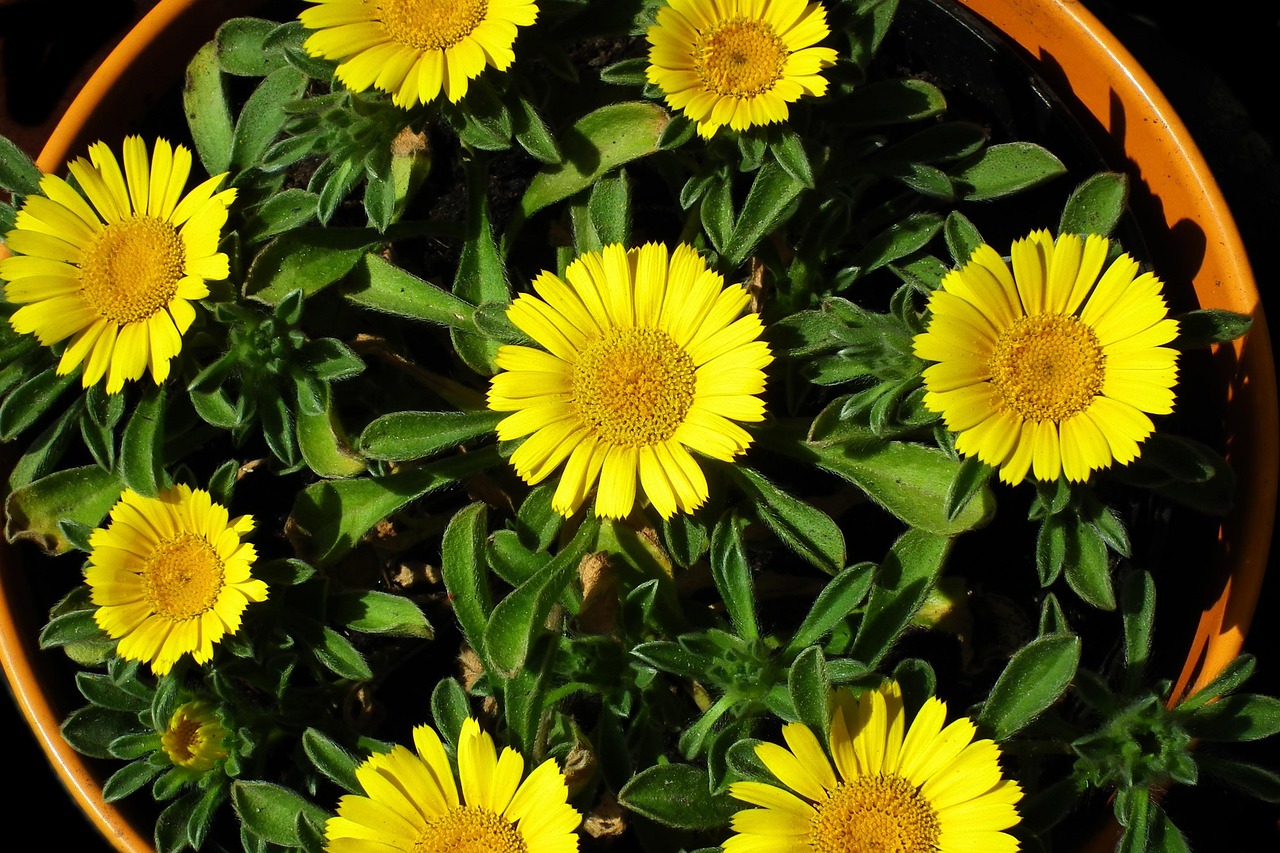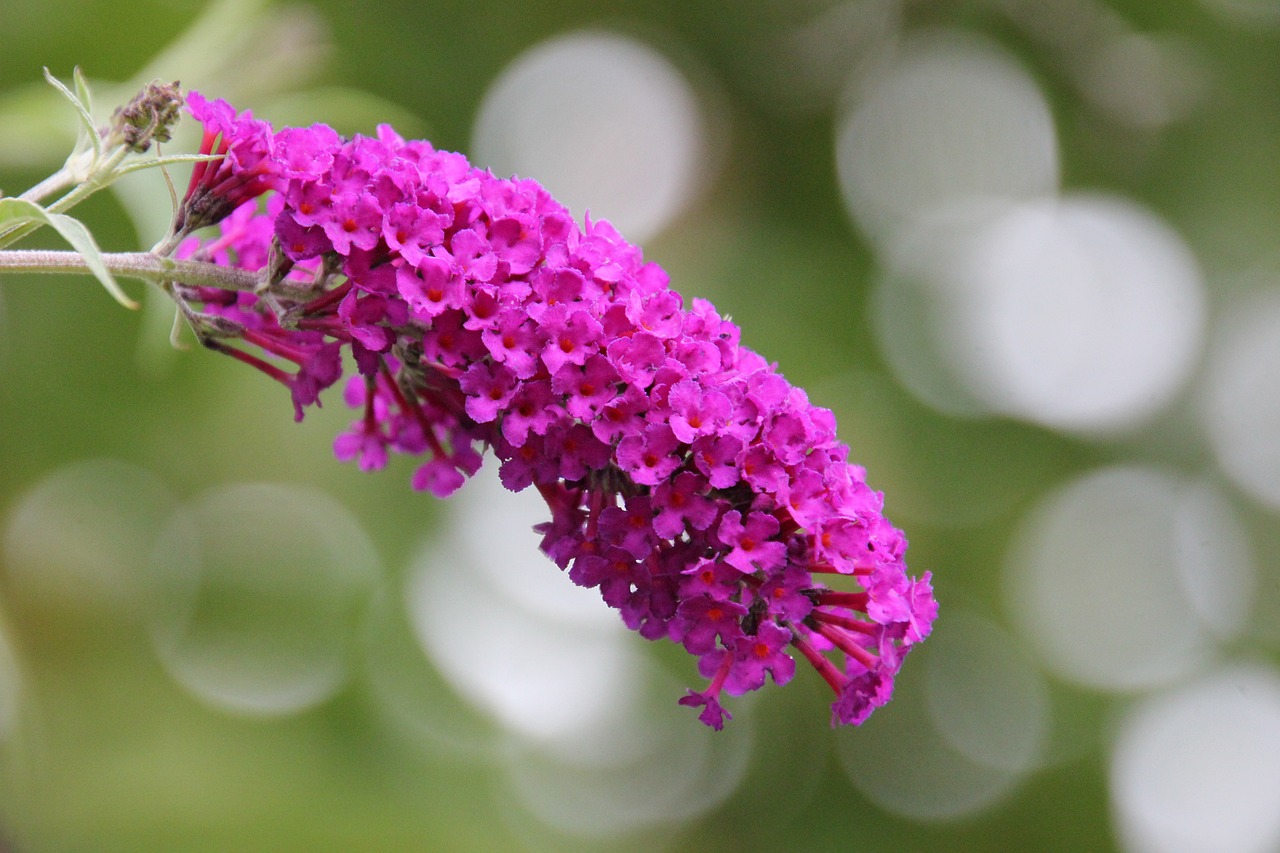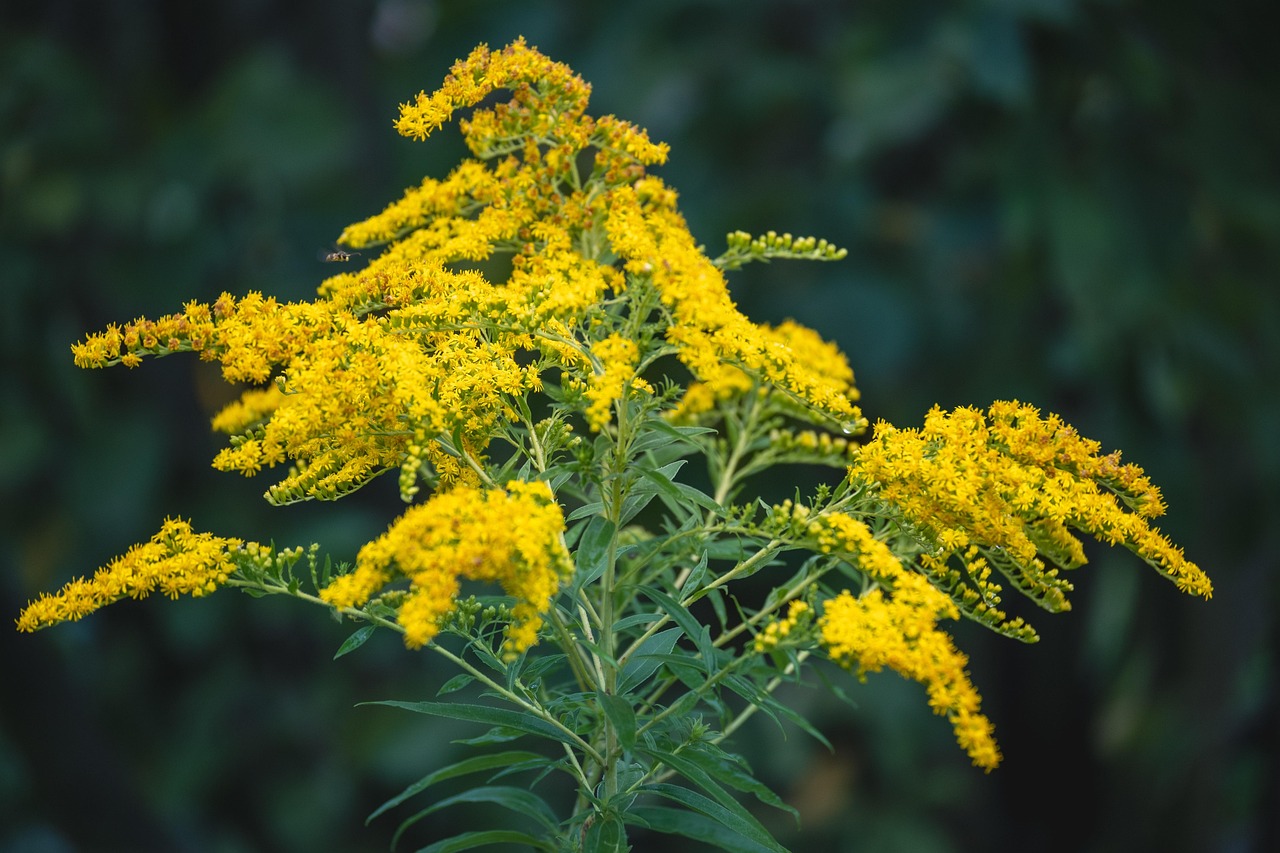Verbascum | The Traveler’s Torch Swaying Along Roman Roads
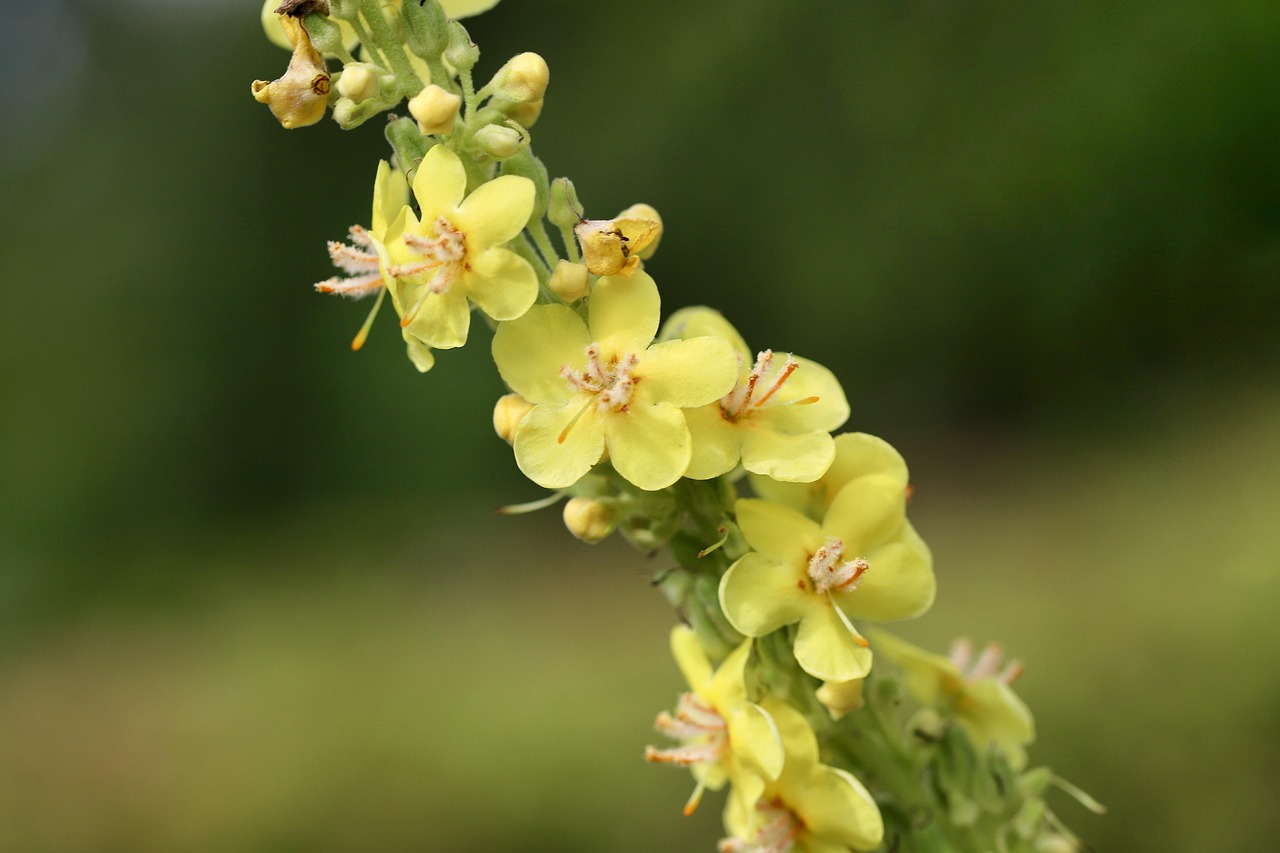
Verbascum is a striking plant, recognized for its tall stems adorned with spiked flower clusters. It is well-suited for natural gardens and rock gardens, and its graceful flowers add elegance to any landscape.
In this article, I will provide detailed information about Verbascum, including its basic characteristics, cultural and historical significance, and cultivation tips.
Basic Information
- Scientific name: Verbascum spp.
- Family: Scrophulariaceae
- Origin: Europe, Asia, and North Africa
- Appearance: Erect stems bearing spiked flowers in yellow, pink, white, or purple. Leaves are thick, gray-green, and covered with soft hairs.
- Flowering season: From early summer to autumn, blooming over an extended period.
Cultural Significance Around the World
Verbascum has been cherished across Europe since ancient times.
In the United Kingdom, wild Verbascum blooms in meadows and roadsides, admired as part of the pastoral landscape. Its tall flower spikes give a majestic impression, making it a favorite garden accent.
In France and Germany, it was often planted in monastery gardens, valued as a plant that harmonizes with serene and contemplative spaces. Medieval monks regarded its golden flowers as a “symbol of the sun” and cultivated it in their cloisters.
In North America, Verbascum was introduced from Europe and has become naturalized, thriving in dry and barren lands. Its resilience has established its image as a plant that embodies strength in the natural world.
Historical Anecdotes
Verbascum was known in ancient Greece and Rome, where it held special importance among Roman soldiers.
Its tall stems were highly flammable, allowing soldiers to use them as torches during night marches or rituals.
In medieval Europe, Verbascum was regarded as a “guide of light” and planted along gardens and roadsides to serve as landmarks for travelers and monks.
According to English folklore, it was also believed to bring tranquility of mind and was commonly grown in monastery and castle gardens.
Gardening Advice
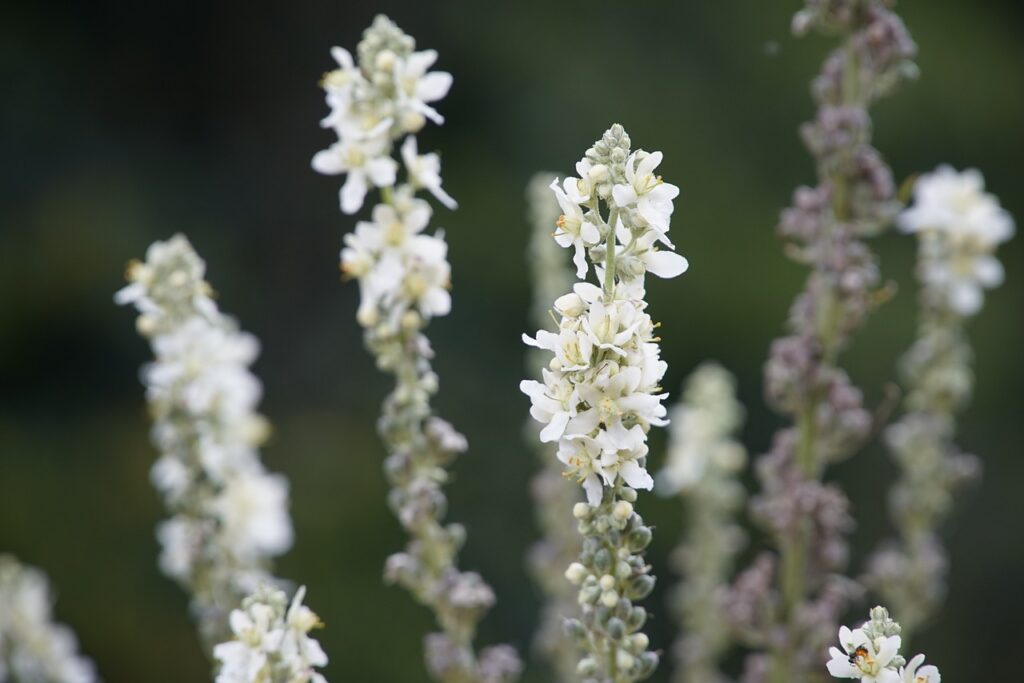
Although Verbascum is hardy and easy to grow, providing the right conditions will enhance its beauty.
Sunlight
Prefers full sun. It can tolerate partial shade but may produce fewer flowers.
Watering
Drought-tolerant; water sparingly. It is best to water only when the soil surface is completely dry.
Soil
Requires well-drained soil, preferably sandy or formulated for rock gardens.
Fertilizer
Minimal fertilizer is sufficient. A small amount of slow-release fertilizer during the growing season will improve flowering.
Cold tolerance
Fairly resistant to winter cold, though frost protection is advisable in extremely cold regions.
Conclusion
Verbascum is a plant admired for its tall, elegant flower spikes and resilient nature.
Across Europe, it has been cultivated in monasteries and gardens, carrying significant cultural meaning.
From its historical use as torches by Roman soldiers to its role as a symbolic guide for travelers, Verbascum has continued to capture attention throughout the ages.
Its ability to thrive even in arid lands, combined with its low maintenance, makes it an enduring favorite among gardeners.


